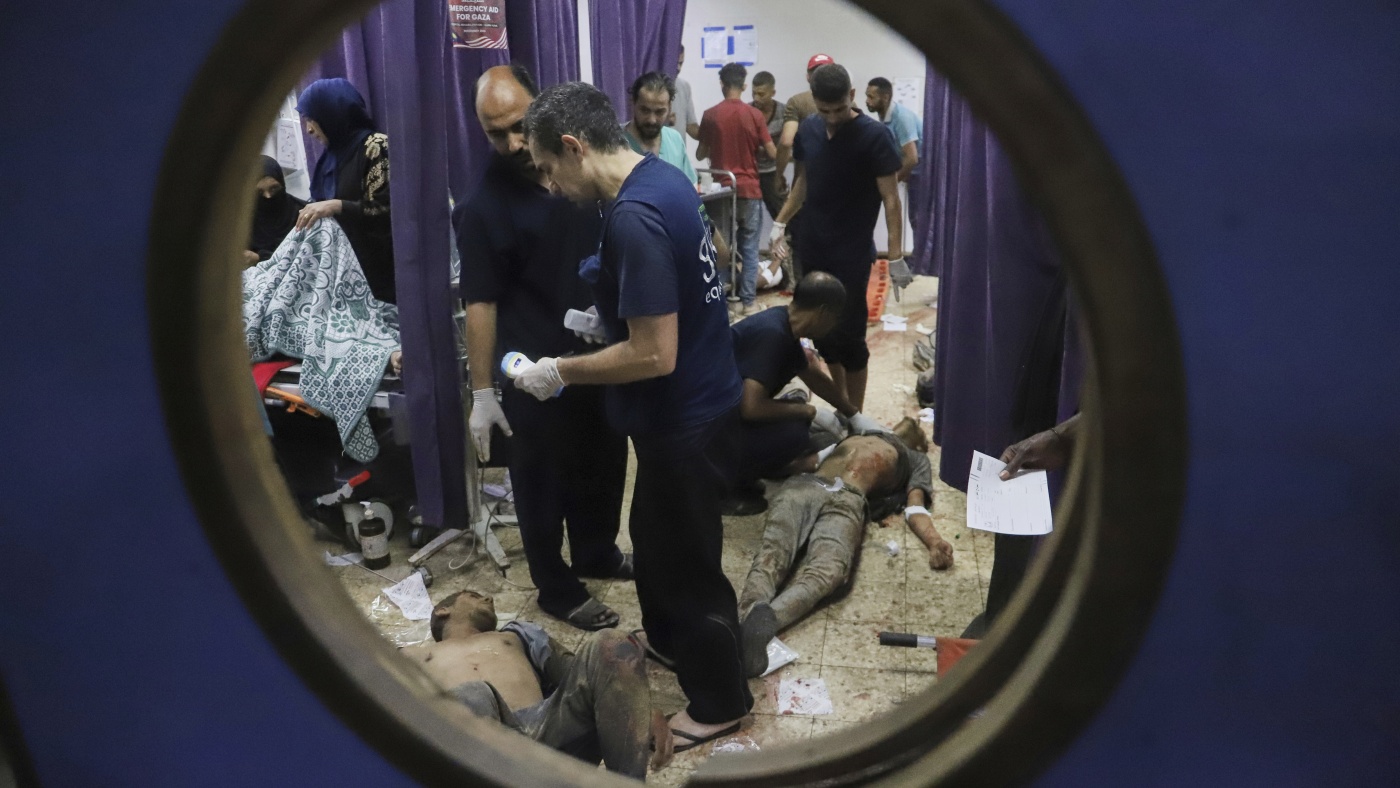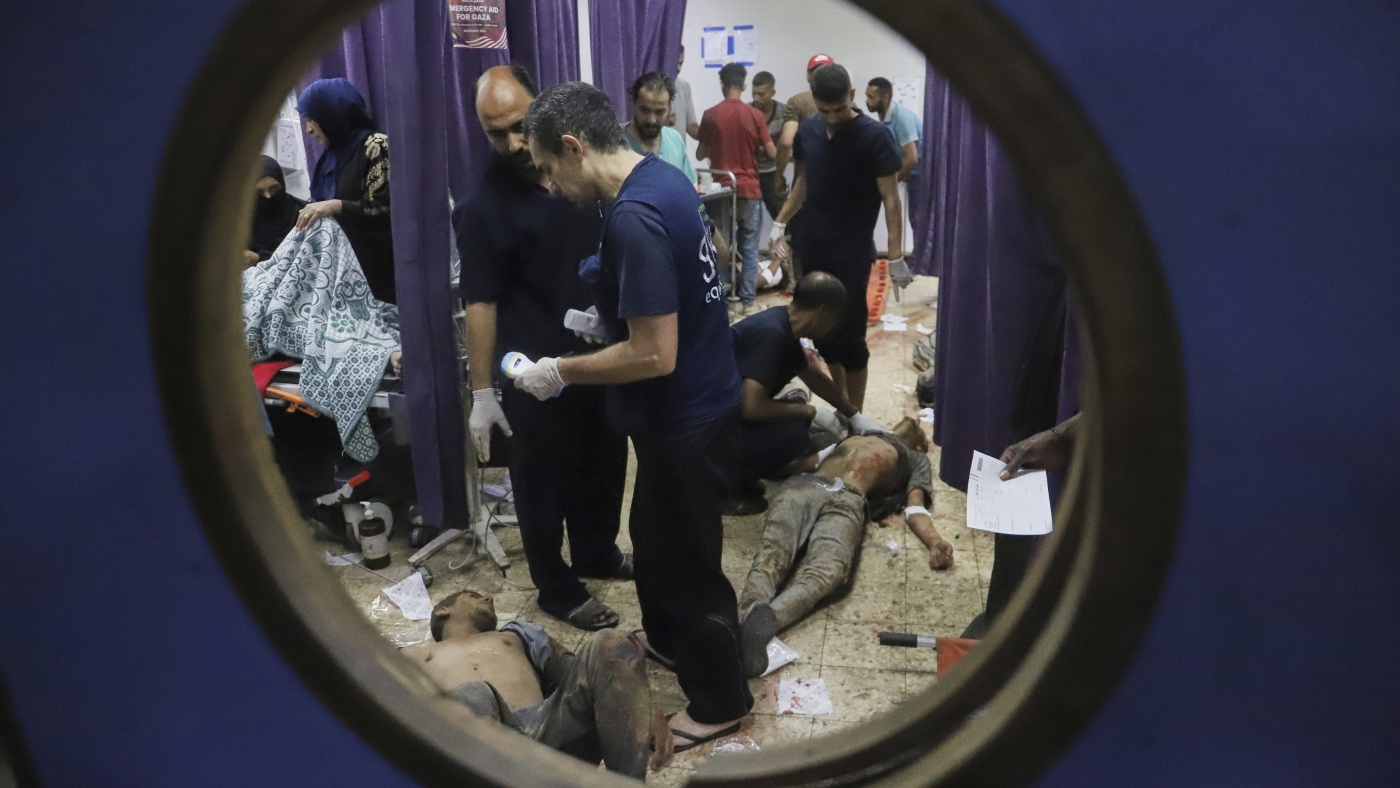The Descent into Desperation: Examining the Fatalities at Gaza Aid Distribution Sites
A Crisis of Humanity
The images are searing: bodies strewn across the ground, families wailing over loved ones, and the desperate scramble for food that has turned into a fight for survival. The recent fatalities at Gaza aid distribution sites are not just numbers on a report; they are a stark reflection of a humanitarian crisis spiraling out of control. The deaths of dozens of Palestinians while attempting to access food aid expose the brutal reality of a population pushed to the brink by conflict, desperation, and a broken system.
The Setting: A Perfect Storm of Desperation
Gaza is a region under siege. The ongoing conflict between Israel and Hamas has left the infrastructure in ruins, the economy in shambles, and hundreds of thousands of people displaced. The restrictions on aid entering Gaza have turned a bad situation into a catastrophic one. Food insecurity is rampant, and the specter of famine looms large. In this environment, aid distribution centers are not just places of hope; they are battlegrounds where desperation clashes with limited resources.
The collapse of local infrastructure has left many without access to basic necessities. Hospitals are overwhelmed, clean water is scarce, and the lack of electricity has made daily life a struggle. The displacement of people has further complicated the situation, as families are forced to live in makeshift shelters, far from their homes and livelihoods. This perfect storm of vulnerability and need has turned aid distribution sites into flashpoints of tension and danger.
The Incidents: A Chronicle of Tragedy
The incidents near aid distribution hubs in southern Gaza have left at least 32 Palestinians dead. The circumstances surrounding these deaths are hotly contested. Witnesses and Gaza health officials claim that Israeli troops opened fire on crowds of Palestinians seeking food. The Israeli military, however, denies targeting civilians and, in some reports, denies firing in the proximity of the incidents altogether.
The Gaza Humanitarian Foundation (GHF), a U.S.- and Israeli-backed organization, has also been drawn into the controversy. The GHF employs private armed guards and has stated that while there have been fatalities at their sites, none were the result of shootings by their personnel. They attributed one incident, which resulted in 20 deaths, to a stampede caused by Hamas agitators. This claim has not been independently verified.
Regardless of the precise sequence of events, the outcome is clear: scores of Palestinians, already vulnerable and desperate for food, were killed or injured in their attempt to access essential aid. The images of lifeless bodies lying on the ground, surrounded by scattered food supplies, serve as a stark reminder of the human cost of conflict and the urgent need for a lasting solution to the crisis in Gaza.
Contested Narratives: The Battle for Truth
The conflicting accounts surrounding these incidents highlight the complexities and challenges of reporting from conflict zones. It is crucial to critically examine the available information, considering the perspectives of all parties involved.
- Witness accounts: Many witnesses have testified to Israeli troops opening fire on crowds of people near the aid distribution sites. Their accounts paint a picture of indiscriminate violence against civilians seeking food.
- Gaza health officials: Health officials in Gaza have corroborated the witness accounts, reporting the number of fatalities and injuries resulting from the incidents.
- Israeli military: The Israeli military has denied targeting civilians and, in some reports, stated that its forces did not fire at civilians near or within the site. They have also suggested that the chaos and violence may have been caused by other factors.
- Gaza Humanitarian Foundation: The GHF maintains that their security personnel were not responsible for the deaths, attributing one incident to a stampede caused by Hamas.
It is essential to acknowledge the inherent biases and limitations of each source. Witnesses may be traumatized or have their own agendas. Military authorities may be reluctant to admit wrongdoing. Aid organizations may be concerned about maintaining access to the region. In the midst of this battle for truth, one thing is certain: the lives lost and the families torn apart are real, and the need for accountability and action is urgent.
The Underlying Issues: A Web of Conflict and Desperation
The tragic events at the aid distribution sites are symptomatic of a deeper crisis in Gaza, stemming from a complex interplay of conflict, political instability, and humanitarian need.
- The ongoing conflict: The ongoing conflict between Israel and Hamas has had a devastating impact on Gaza, leading to widespread destruction, displacement, and economic collapse.
- Restrictions on aid: Restrictions on the entry of aid into Gaza have exacerbated the humanitarian crisis, limiting the availability of food, medicine, and other essential supplies.
- Breakdown of social order: The desperation caused by food insecurity and the collapse of social order have created a volatile environment, increasing the risk of violence and chaos.
- The role of international actors: The involvement of international actors, such as the U.S. and Israeli-backed GHF, raises questions about accountability and responsibility for the safety and well-being of civilians in Gaza.
The Human Cost: Beyond the Numbers
The numbers alone cannot capture the full extent of the tragedy. Behind each statistic lies a human story of loss, grief, and despair. Families have been torn apart, and communities have been shattered. The psychological impact of these events will be felt for generations to come.
The images of lifeless bodies lying on the ground, surrounded by scattered food supplies, serve as a stark reminder of the human cost of conflict and the urgent need for a lasting solution to the crisis in Gaza. These images are not just a reflection of the current situation; they are a warning of what could come if the international community fails to act.
Moving Forward: A Call for Accountability and Action
The incidents at the aid distribution sites demand a thorough and impartial investigation to determine the facts and hold those responsible accountable. It is crucial to ensure that aid is delivered safely and efficiently, without putting civilians at risk.
- Independent investigation: An independent investigation should be conducted to determine the circumstances surrounding the deaths and injuries at the aid distribution sites.
- Accountability: Those found responsible for the violence should be held accountable for their actions.
- Increased aid: The international community must increase the flow of humanitarian aid into Gaza to address the urgent needs of the population.
- Improved coordination: Aid organizations, the Israeli military, and local authorities must improve coordination to ensure the safe and efficient delivery of aid.
- Addressing the root causes: Ultimately, a lasting solution to the crisis in Gaza requires addressing the root causes of the conflict and creating a sustainable path towards peace and stability.
A Crumbling Lifeline
The deaths at the Gaza aid distribution sites are a searing indictment of a broken system. They represent more than just a tragic loss of life; they signify a crumbling lifeline for a population teetering on the brink of starvation. The cries for help, the desperation for sustenance, and the brutal reality of violence have converged to create a scene of unimaginable suffering. These events serve as a stark reminder that humanitarian aid, when delivered amidst conflict and political instability, can become a dangerous endeavor, and that protecting the lives of vulnerable populations must be the paramount priority. The world must not stand idly by while hope turns to horror in the very places meant to offer salvation. The time for action is now, and the stakes could not be higher.








